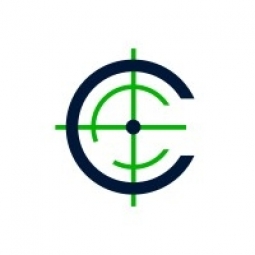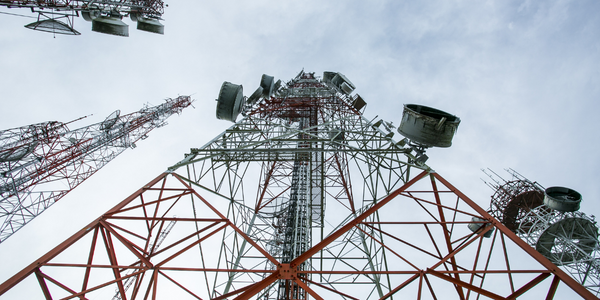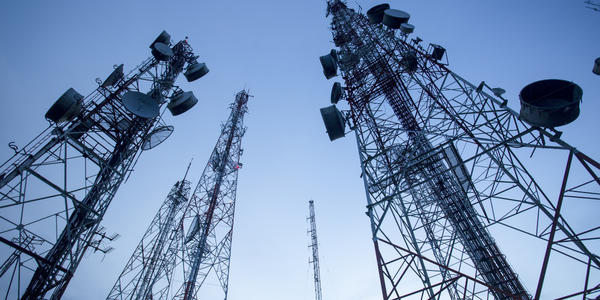Customer Company Size
Mid-size Company
Region
- America
- Asia
- Europe
- Middle East
- Pacific
Country
- United States
- Australia
- Canada
- Germany
- Japan
- Saudi Arabia
- South Africa
- Syria
- United Kingdom
Product
- Corero’s NextGeneration Intrusion Prevention System (NGIPS)
Tech Stack
- Intrusion Prevention System (IPS) technology
- Three Dimensional Protection (3DP) architecture
Implementation Scale
- Enterprise-wide Deployment
Impact Metrics
- Customer Satisfaction
- Digital Expertise
Technology Category
- Cybersecurity & Privacy - Network Security
Applicable Industries
- Software
- Telecommunications
Applicable Functions
- Business Operation
Use Cases
- Cybersecurity
Services
- Cybersecurity Services
About The Customer
Phase 2 is a leading software-as-a-service (SaaS) provider based in Honolulu, Hawaii. It services the federal and enterprise markets and is Hawaii’s first-ever SaaS provider. Phase 2 hosts business software from IBM and Microsoft in their data center so its customers don’t have to. The company's mission statement is “Solid apps, always available — providing a sophisticated end user experience,” which means Phase 2’s applications are up and running without bug or defect 100% of the time. This is accomplished through a completely redundant architecture and operational procedures that eliminate the possibility of a system-wide outage. Applications are integrated, secure, and fast in order for their users to enjoy their experience. Phase 2 has a dedicated staff of software, hardware, and network engineers who work tirelessly to support clients, 24 hours a day.
The Challenge
Phase 2, a leading software-as-a-service (SaaS) provider servicing the federal and enterprise markets, needed to ensure superior data center architecture, flawless application performance, and dedicated expert support to ensure an uninterrupted, trouble-free customer experience. As one of the first cloud services providers to achieve Federal Information Security Management Act (FISMA) certification, Phase 2 needed to become even more hardened from a network and applications security perspective. The company serves hundreds of customers around the globe, including federal agencies and enterprises in the United States, the United Kingdom, Canada, Australia, Germany, Saudi Arabia, Syria, South Africa, and Japan. Given the threat climate and federal mandates, Phase 2 wanted to proactively strengthen its defenses with the best security technology available to ensure the utmost protection and uptime for its customers.
The Solution
Phase 2 implemented Corero’s NextGeneration Intrusion Prevention System (NGIPS) to augment its strong security program. The company embarked on a comprehensive, lengthy process of investigating and evaluating IPS products before deciding on Corero’s NGIPS solution. The choice was made after a final, intensive evaluation that included three vendors — Sourcefire, TippingPoint, and Corero. The ability to detect and block malware was of the utmost importance in the increasingly dangerous Internet threat environment. Corero’s NGIPS gives Phase 2 outstanding security without degrading service to its customers. Before purchasing Corero, Phase 2 conducted an extended in-house evaluation.
Operational Impact
Quantitative Benefit

Case Study missing?
Start adding your own!
Register with your work email and create a new case study profile for your business.
Related Case Studies.
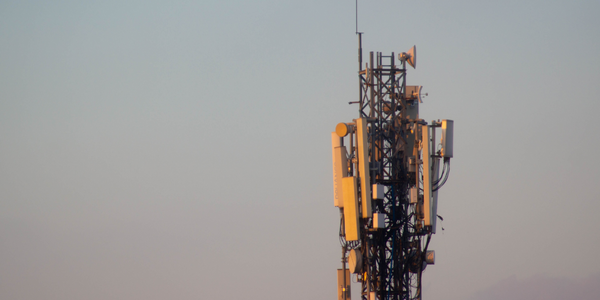
Case Study
Vodafone Hosted On AWS
Vodafone found that traffic for the applications peak during the four-month period when the international cricket season is at its height in Australia. During the 2011/2012 cricket season, 700,000 consumers downloaded the Cricket Live Australia application. Vodafone needed to be able to meet customer demand, but didn’t want to invest in additional resources that would be underutilized during cricket’s off-season.
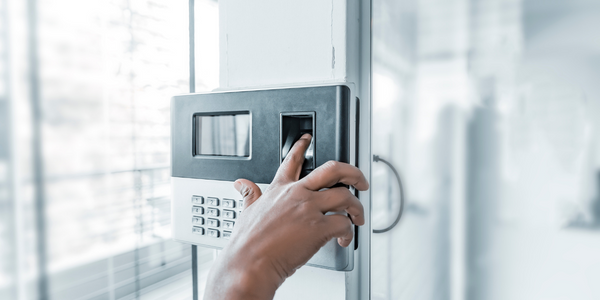
Case Study
SKT, Construction of Smart Office Environment
SK T-Tower is the headquarters of SK Telecom. Inside the building, different types of mobile devices, such as laptops, smartphones and tablets, are in use, and with the increase in WLAN traffic and the use of quality multimedia data, the volume of wireless data sees an explosive growth. Users want limitless Internet access in various places in addition to designated areas.




